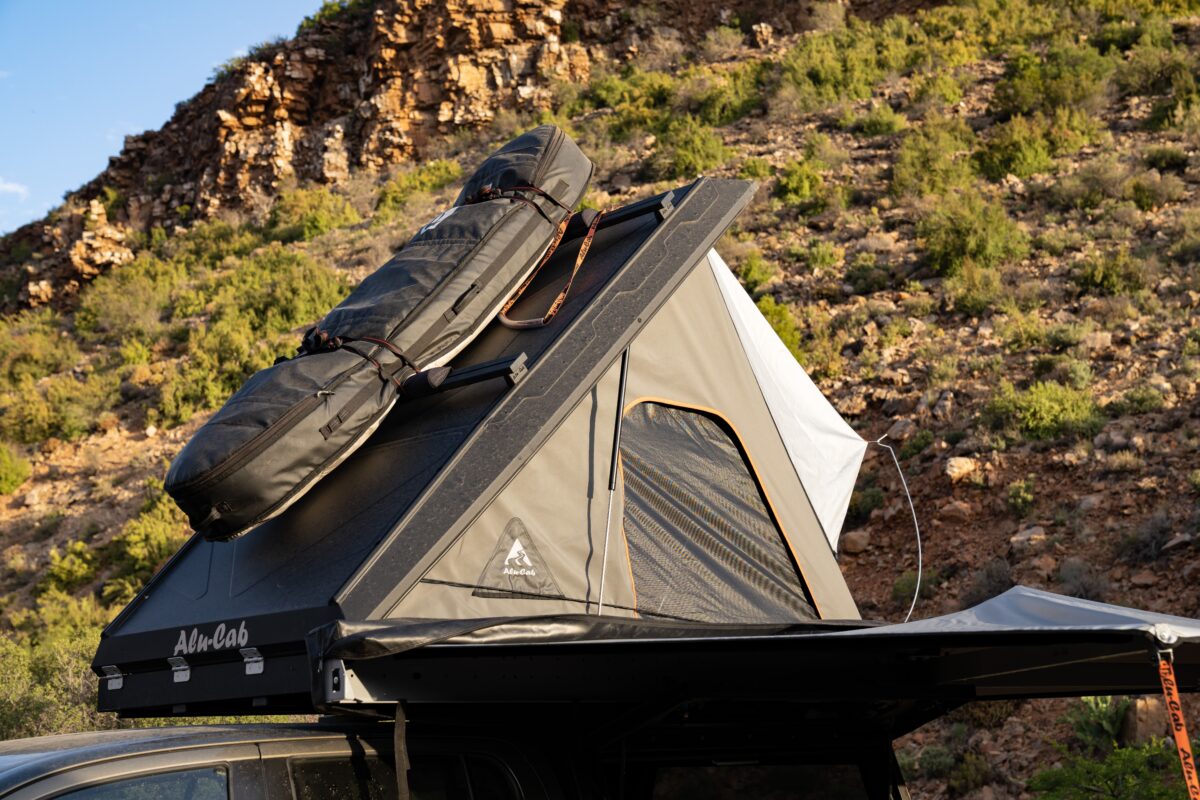Overlanding isn’t just driving over big rocks. Nor through thick sand. Or even across water. It’s about connecting with nature, escaping the daily grind and exploring landscapes that others can’t. Landscapes that challenge both you and your rig. But you shouldn’t be challenging the very landscapes you enjoy and that’s why it’s important to overland sustainably.
Over the years, overlanding has increased in popularity and welcomed newcomers. However, as it grows in popularity, so does our need to be much more mindful of our environmental impact. From waste management to preserving delicate ecosystems, overlanding can leave a significant footprint if not approached with care.
Before you embark on your next adventure, consider how you can do so in a more sustainable and environmentally-friendly way. Adopting eco-conscious practices will not only help preserve the natural beauty you’re exploring, but also contribute to growing the movement of sustainable overlanding as a whole. Here’s how…

Leave No Trace
Whatever you take into the wildnerness needs to come back with you. No matter what sort of rubbish you build up at your camp, make sure you have a place to keep it until you reach an appropriate area to throw it away.
Put everything in a black plastic bag, and when you’re ready to move on to the next spot, because you don’t want your rubbish to sit inside your vehicle with you, store that to a Spare Wheel Bag. The sturdy vinyl bag is designed to store rubbish, braai kits, firewood and more. This way, you can leave your rubbish outside of your cabin, preventing any bad smells from entering your rig.
To get the most of your Spare Wheel Bag, be sure to load it efficiently. Doing things like burning paper plates in the fire and packing plastic into a plastic bottle to make a plastic brick can help limit the amount of rubbish you have to carry with you. And definitely crush every can of beer using our Can Crusher for optimum space saving.

Choose Sustainable Gear
Use biodegradable soaps, reusable containers and sustainably sourced products that focus on sustainable production and output. That’s things like Dr. Bronner’s 18-In-1 Castile Soap and Sealand gear that upcycles waste.
Kitting out your rig with a solar system is a smart energy solution, and with our Load Bars and integrated rails on our canopies, tents and campers, they can be attached and linked-up with ease.
It’s these small impacts that all add up and help in conserving the natural landscapes we’re all so passionate about exploring.

Travel Smart
When kitting out your rig and packing for a trip, keep weight in mind. A lighter vehicle doesn’t just reduce your fuel consumption and emissions, it also puts less strain on the paths you’re exploring. Invest in gear that’s multi-purpose, preventing the need to bring several items with you when one does it all. Examples of these include multi-tools, Jetboils and our new Trax Table.
We know that there will be times when no roads are available, but when there are, make use of them. Always use an existing track instead of making new ones. Avoid shortcuts to prevents damaging natural vegetation and causing soil erosion.
When trekking over beaches, it’s important to take note of restricted areas and delicate dune areas, as a lot of these will be nesting and breeding grounds.

Save Water
Water is your most precious, and often most scarce, resource so it’s important to consider how you store and use it. Conserving water isn’t just about making sure your water supply lasts as long as possible, but it also serves to decrease the dependency on natural water resources.
The first step is to establish just how much water you’ll need on your adventure. A guideline for this is 1 gallon (3.7 L) of water per person day per. However, having more won’t hurt as you’ll need it for drinking, cooking and cleaning. A great way of ensuring enough water for a long journey is having a Water Tank Kit, which is key to not having to rely on dozens of plastic water bottles.
It’s important to make sure that you don’t just carry a lot of water, but also that your water lasts as long as possible. A great way of doing this is by recycling your used water. Our Shower Tray Pro does a great job of storing grey water for other uses like general cleaning. The tray also allows you to properly dispose of your grey water instead of letting it pool by your camp, which can lead to soil erosion in certain conditions.

Be a Leader, Not Just a Follower
It’s fantastic that you’re thinking of becoming more environmentally conscious, but you’ll make much more of a difference if you start advocating for others to join your mission. Get your friends and local overlanding communities to join in on helping conserve our environments. Getting as many people as possible involved is where we’ll see the best results.
